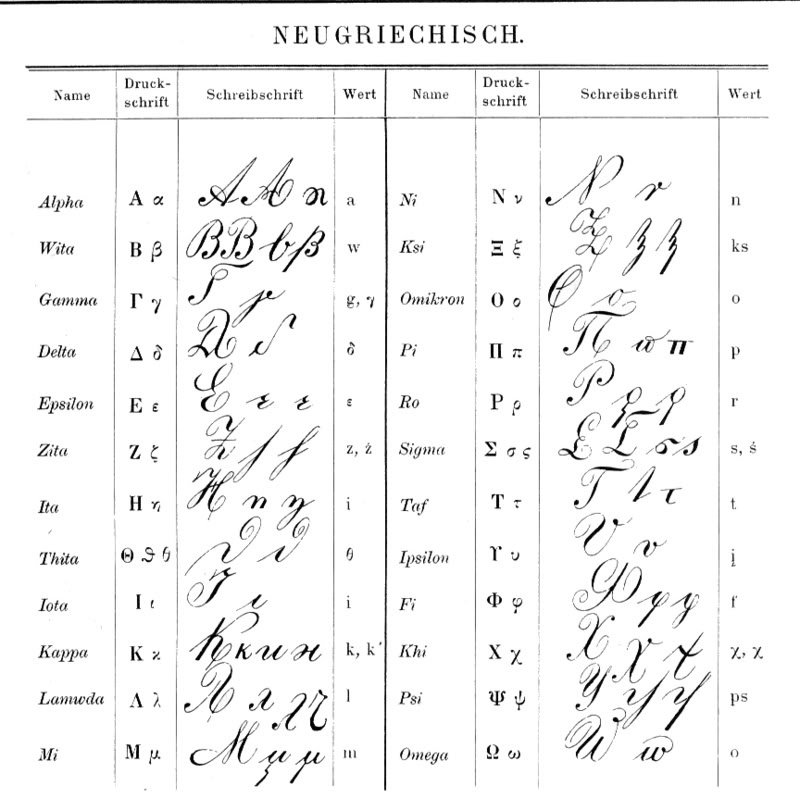Greek: there was a cursive modelled after Western cursive in the 19th/20th century. It fell out of use long before computers (I was never taught it in school); I have seen it in letters from the 50s.
The main differences to what you might expect: kappa looking like a <u>; pi as an omega with a loop (ϖ); tau as a tall slash; psi looking like a <y>.


This sample of the Lord’s Prayer, from Karl Faulmann Illustrirte Geschichte der Schrift, Wien 1880, is a little neater than I’m used to seeing, but it’s a fair representation:

That’s distinct from mediaeval manuscript writing in Greek, or the Italic of printing in the 16th through 18th centuries (which I keep referring to as “squiggle”).